Описание
A sanitary butterfly valve is a type of valve specifically designed for use in sanitary and hygienic applications where maintaining a clean and sterile environment is essential. Butterfly valves are known for their simple and efficient operation in regulating fluid flow. In sanitary applications, these valves are commonly used in industries such as food and beverage, pharmaceuticals, biotechnology, and cosmetics.
Here are key features and details about a sanitary butterfly valve:
1. Design:
- Sanitary Construction: The valve is designed with features that meet strict sanitary standards to prevent contamination.
- Butterfly Disc: The valve has a disc or plate that rotates on an axis to control the flow of fluid.
2. Materials:
- Hygienic Materials: Sanitary butterfly valves are typically made from materials that comply with sanitary standards, such as stainless steel or other corrosion-resistant alloys.
- Food-Grade Seals: Seals and gaskets are often made from food-grade materials.
3. Connection Type:
- Tri-Clamp Connection: The valve is often designed with tri-clamp connections for quick and secure attachment to other sanitary components.
4. Operation:
- Quarter-Turn Operation: Butterfly valves operate with a quarter-turn mechanism, making them easy to open or close quickly.
5. Gasket Seal:
- Gasket or Seal: A sanitary gasket or seal is used to ensure a tight and hygienic seal when the valve is closed.
6. Applications:
- Food and Beverage Industry: Used in processing and handling equipment to control the flow of liquids and maintain sanitary conditions during the production of food and beverages.
- Pharmaceuticals: Commonly employed in pharmaceutical manufacturing processes to ensure sterility and prevent cross-contamination.
- Biotechnology: Used in biotechnological applications where maintaining a sterile environment is crucial.
7. Size:
- Various Sizes: Sanitary butterfly valves come in various sizes to accommodate different pipe diameters and flow requirements.
8. Compliance with Standards:
- Industry Standards: Sanitary butterfly valves are manufactured to comply with industry standards and regulations to ensure the quality and safety of the connections.
9. Surface Finish:
- Polished Finish: The surface finish of sanitary butterfly valves is often polished to a smooth surface, making it easy to clean and minimizing areas where contaminants could accumulate.
10. Clean-in-Place (CIP) and Sterilization:
- CIP Capability: Some sanitary butterfly valves are designed to be compatible with Clean-in-Place (CIP) systems for easy cleaning.
- Sterilization: They may withstand sterilization processes to maintain sanitary conditions.
Sanitary butterfly valves are critical components in maintaining the integrity of sanitary processes, providing efficient control over fluid flow while minimizing the risk of contamination in sensitive industries.
The introduction of the sanitary butterfly valve
A “sanitary butterfly valve” is a type of valve used in hygienic applications, particularly in industries such as food processing, pharmaceuticals, and biotechnology. It is designed to control the flow of fluids in sanitary piping systems while maintaining cleanliness and preventing contamination.
The butterfly valve gets its name from the shape of the disc inside the valve, which resembles the wings of a butterfly. The disc can be rotated to open or close the flow path. When the disc is aligned with the pipe, it allows fluid to pass through, and when rotated, it blocks the flow, creating a tight and leak-proof seal.
Sanitary butterfly valves are made from materials that meet stringent hygiene standards, with smooth surfaces and crevice-free designs to prevent bacterial growth and ensure easy cleaning. They are often designed for quick and easy disassembly, facilitating maintenance and cleaning procedures in the sanitary system.
These valves come in various sizes and materials to suit different applications and industries. Sanitary butterfly valves play a critical role in controlling fluid flow, maintaining product quality, and ensuring the integrity of sanitary systems.

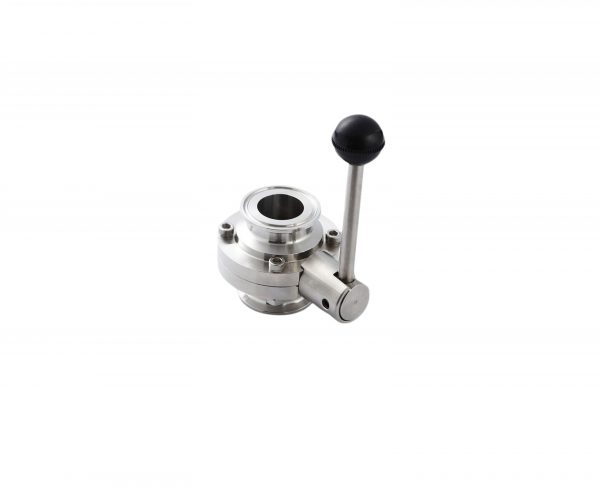
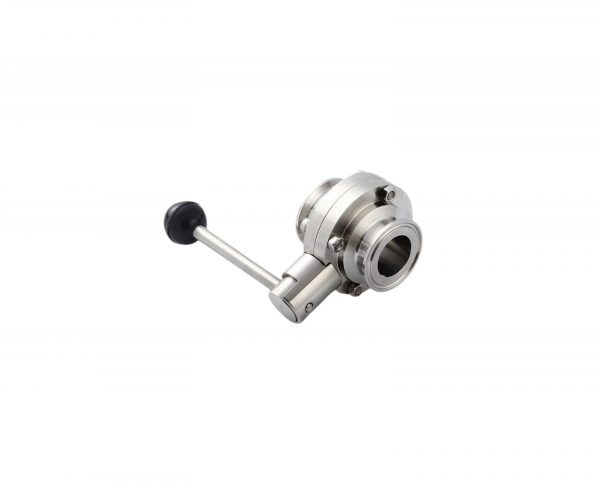
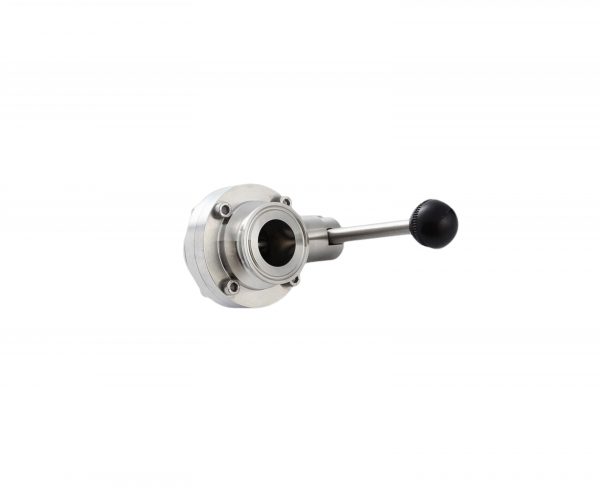
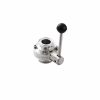
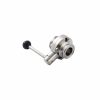
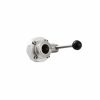
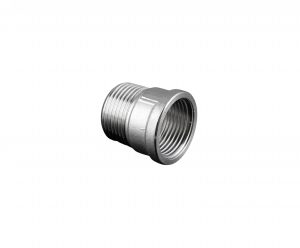
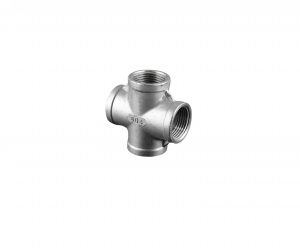
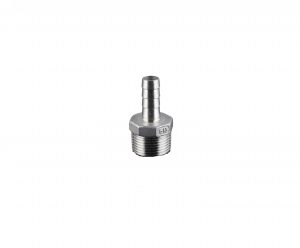
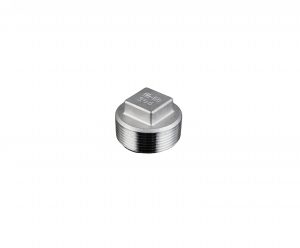
Отзывы
Отзывов пока нет.